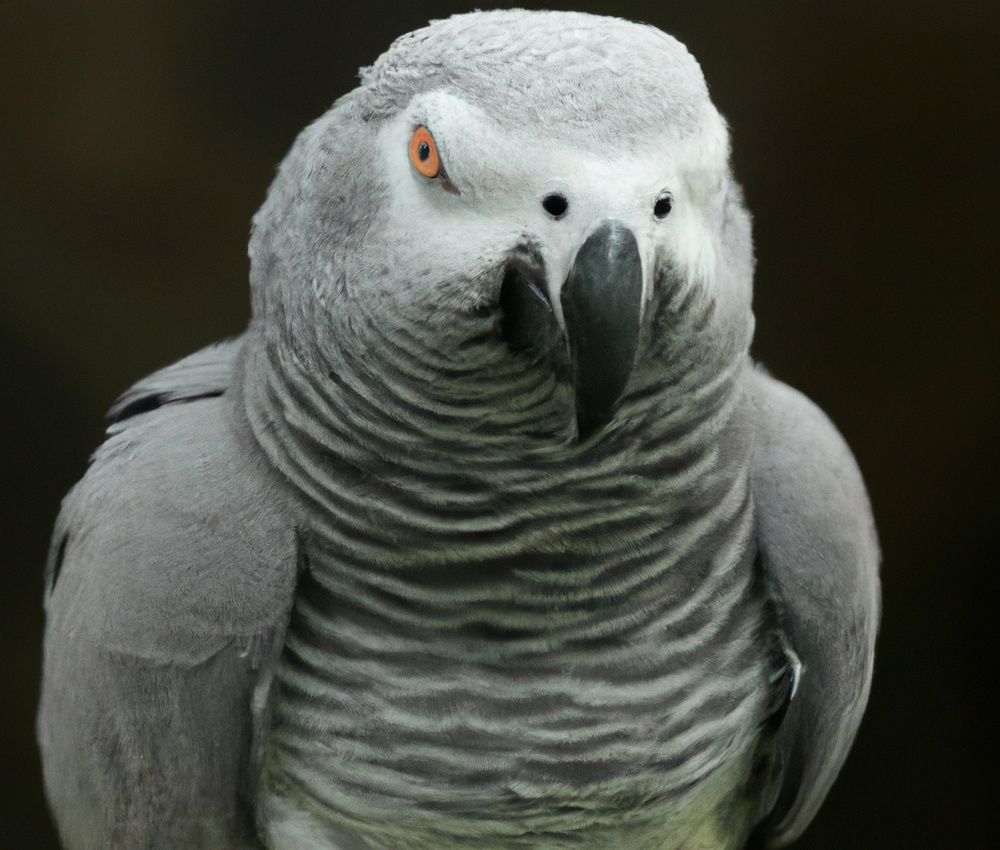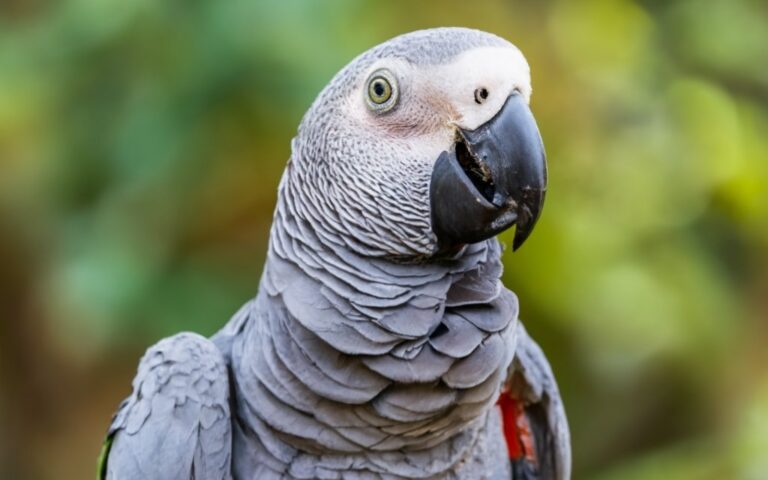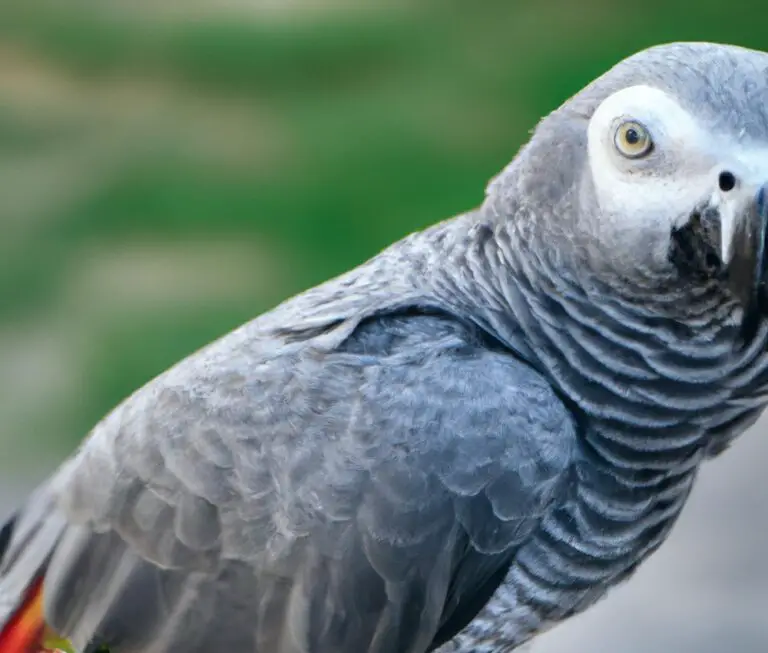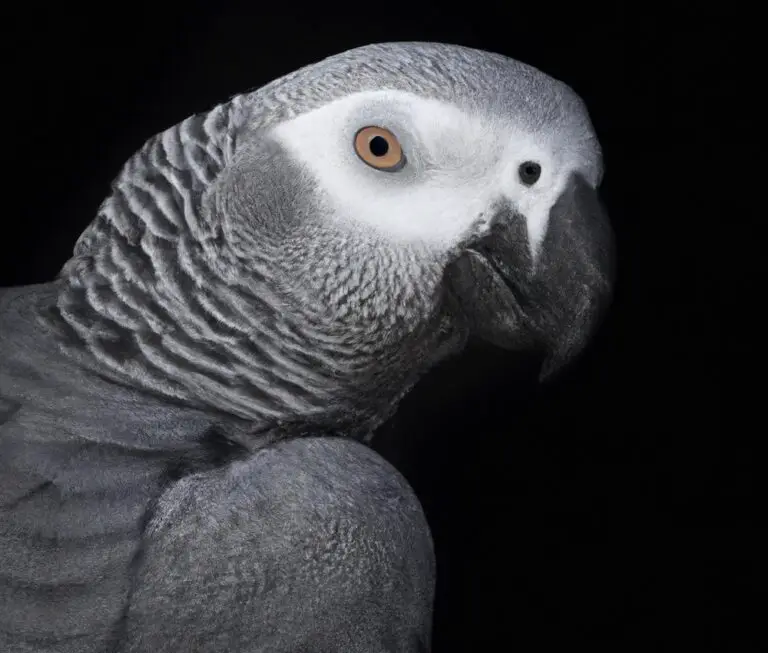What Is The Natural Habitat Of African Grey Parrots?
Key Takeaways:
- African Grey Parrots are native to the rainforests of West and Central Africa.
- They inhabit dense, tropical forests with tall trees, providing ample space to fly and forage.
- African Grey Parrots prefer habitats with a variety of fruit trees and access to water sources.
- Due to deforestation, African Grey Parrot populations are declining in their natural habitat.
Have you ever wondered where African Grey Parrots call home? Well, I’m here to spill the beans on their natural habitat! Picture dense forests with towering trees, where these magnificent creatures thrive.
These parrots have a geographic range that spans across several African countries, each providing unique ecosystems that support their survival.
But it’s not all rainbows and sunshine for these birds. Deforestation, illegal trade, and climate change pose serious threats to their natural habitat.
In this blog, we’ll delve into the African Grey Parrots’ ideal habitat, their conservation efforts, and how you can contribute to their protection.
Get ready to uncover the secrets of these incredible birds!
| Natural Habitat | African Grey Parrots |
| Rainforests | Mainly found in the dense rainforests of Africa, particularly in the countries of Congo, Ghana, and Ivory Coast. |
| Canopy Level | They prefer to live in the middle and upper levels of the forest canopy, often staying close to the trunk of large trees. |
| Lowland and Upland Forests | Adapted to both lowland and upland forests, but they are more common in lowland areas. |
| Areas with Fruit Trees | African Grey Parrots are also found in areas where fruit trees are abundant, as their diet mainly consists of fruits, nuts, and seeds. |
| Threats to the Habitat | Deforestation, illegal pet trade, and capture for international trade pose significant threats to their natural habitat. |
Natural Habitat of African Grey Parrots
African Grey Parrots thrive in the natural habitats of dense rainforests and woodlands in Africa.
They are primarily found in specific African countries, such as Ghana, Cameroon, and the Democratic Republic of Congo.
Geographic Range of African Grey Parrots
The African Grey Parrot has a wide geographic range that includes several countries in West and Central Africa. They can be found in countries such as Cameroon, Congo, Ghana, Guinea, and Ivory Coast.
These parrots primarily inhabit dense forests with tall trees and a dense canopy, providing them with the ideal habitat for nesting and finding food.
However, due to deforestation, illegal trade, and climate change, their natural habitat is under threat. Conservation efforts, including international laws, protected areas, and public awareness programs, are essential for the preservation of these magnificent birds.
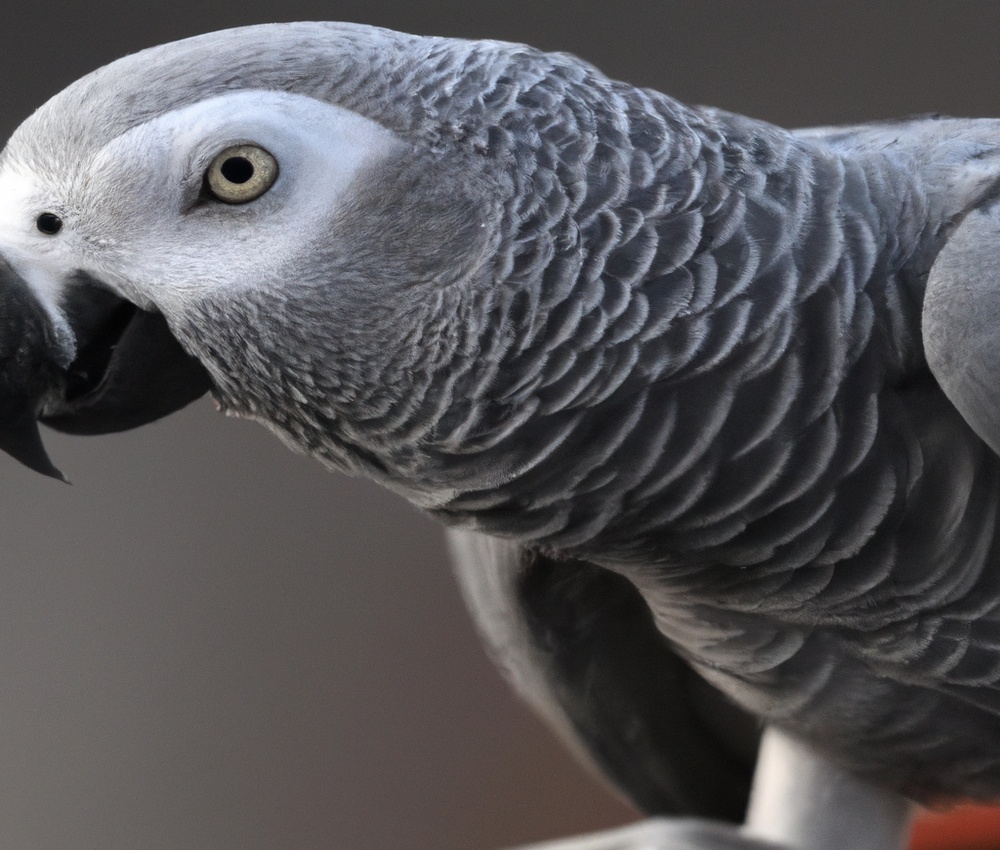
Forests as the Primary Habitat
Forests serve as the primary habitat for African Grey Parrots. These birds are naturally found in dense canopies and tall trees, allowing them to navigate and search for food.
The availability of a variety of food sources, such as fruits, seeds, and nuts, makes forests an ideal habitat for these parrots.
Additionally, forests provide crucial nesting sites, where African Grey Parrots can build their nests and raise their young. The abundance of trees and vegetation in forests creates a suitable environment for these birds to thrive.
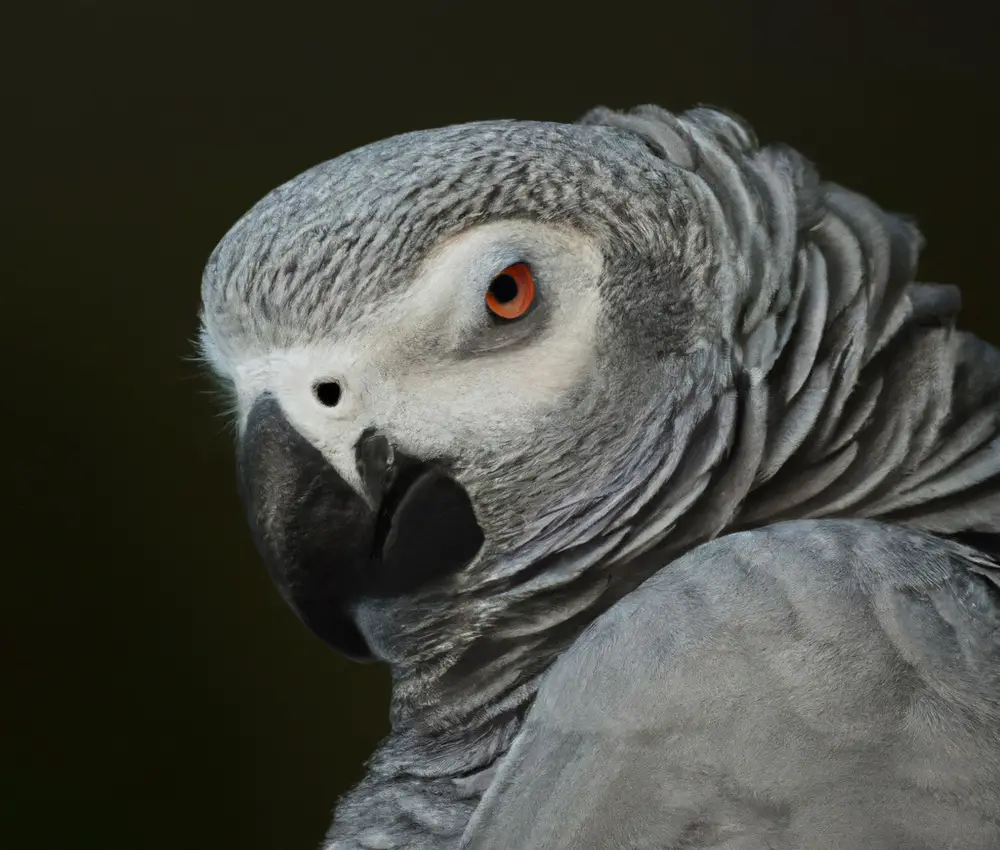
Specific African Countries with African Grey Parrots
African Grey Parrots are native to several African countries, including:
- Angola
- Cameroon
- Congo
- Ivory Coast
- Ghana
- Kenya
- Nigeria
- Uganda
These countries provide the ideal habitat for these parrots, with their lush forests and abundant food sources.
However, the population of African Grey Parrots is declining due to habitat loss and illegal trade.

Forests as the Ideal Habitat for African Grey Parrots
Forests provide the ideal habitat for African Grey Parrots due to their dense canopy, tall trees, availability of food sources, and importance of nesting sites.
Dense Canopy and Tall Trees
Dense canopy and tall trees play a vital role in the natural habitat of African Grey Parrots.
They provide essential shelter and protection, creating a safe environment for these birds to thrive.
The thick foliage offers shade from the sun and protection from predators.
Additionally, the tall trees serve as ideal nesting sites, allowing African Grey Parrots to build their nests high above the ground.
This height helps keep their nests safe from ground-dwelling threats.
The availability of dense canopy and tall trees ensures suitable conditions for African Grey Parrots to find food, breed, and raise their chicks.
Availability of Food Sources
African Grey Parrots primarily rely on a diverse range of fruits, nuts, seeds, and vegetation for their food. They have developed strong beaks to crack open hard shells and extract the nutritious contents.
The availability of these food sources in their natural habitat, such as forests, is crucial for their survival.
Forests provide an abundance of fruits and nuts, making them the ideal feeding grounds for African Grey Parrots. Additionally, the tall trees and dense canopy offer protection and privacy while foraging.
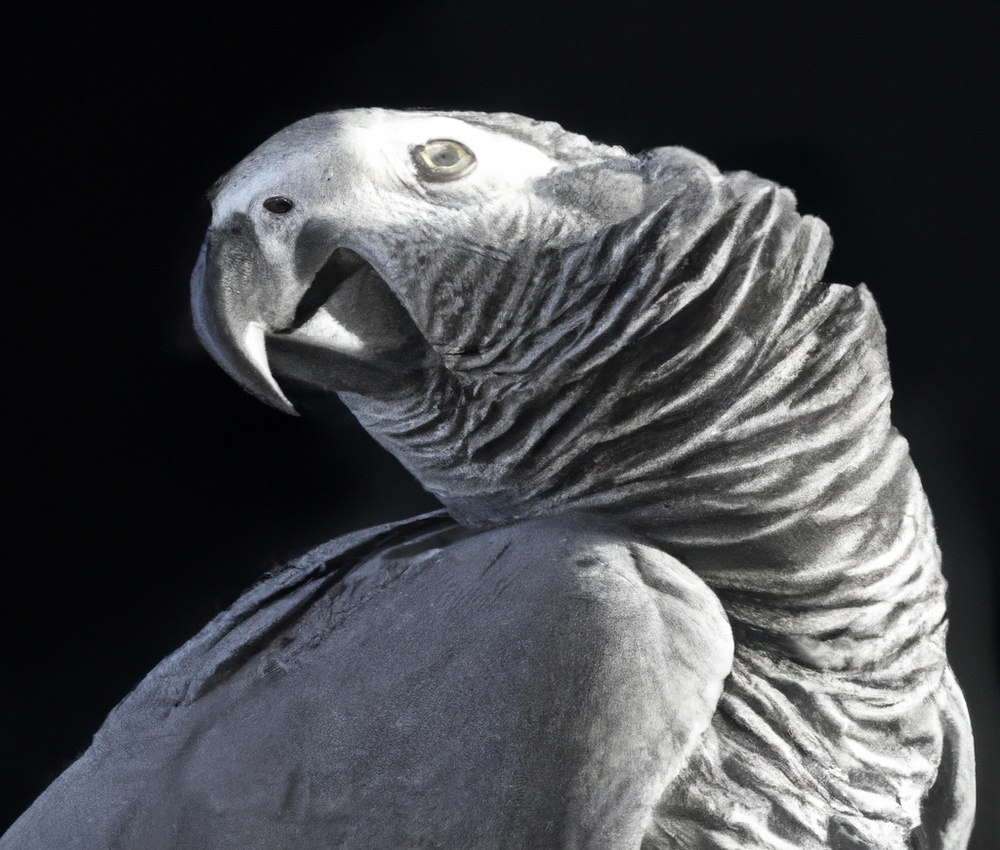
Importance of Nesting Sites
Nesting sites play a vital role in the life of African Grey Parrots.
These intelligent birds rely on secure and suitable locations to build their nests and raise their young.
Here’s why nesting sites are important:
- Breeding Success: Adequate nesting sites ensure successful breeding for African Grey Parrots. These sites provide safety, protection, and shelter for the eggs and chicks, minimizing the risk of predation and disturbance.
- Species Survival: By providing suitable nesting sites, we contribute to the survival of African Grey Parrot populations. Without secure nests, their breeding success declines, leading to population declines and even endangerment.
- Natural Behaviors: Nesting sites allow African Grey Parrots to engage in their natural behaviors, such as courtship displays, pair bonding, and rearing offspring. These behaviors are essential for their overall well-being and conservation.
- Genetic Diversity: Nesting sites also facilitate gene flow within populations. By establishing nesting sites in different areas, African Grey Parrots can breed with individuals from other groups, preventing genetic isolation and maintaining genetic diversity.
To support the importance of nesting sites, conservation efforts should focus on preserving and creating suitable habitats that provide adequate shelter and protection for African Grey Parrots to breed successfully.
African Grey Parrots in Captivity
African Grey Parrots are commonly kept in captivity as pets. Understanding the impact of captivity on these parrots is important.
Reasons for Captivity
There are several reasons why African Grey Parrots are kept in captivity. One of the primary reasons is their high demand in the pet trade due to their intelligence and ability to mimic human speech.
Additionally, some individuals may want to keep them as companions or for breeding purposes.
Conservation breeding programs also play a role in captivity, aiming to increase the population and ensure the survival of the species. However, it is essential to consider the impact of captivity on these intelligent and social birds.
The Impact of Captivity on African Grey Parrots
The impact of captivity on African Grey Parrots can be detrimental to their physical and psychological well-being. In captivity, they are often deprived of their natural habitat, social interactions, and mental stimulation.
This can lead to stress, boredom, and a decline in their overall health.
Additionally, captivity can disrupt their natural behaviors, such as flying and foraging, which can have long-term effects on their physical and mental abilities. It is important to prioritize the welfare of African Grey Parrots and work towards conservation efforts to protect them.
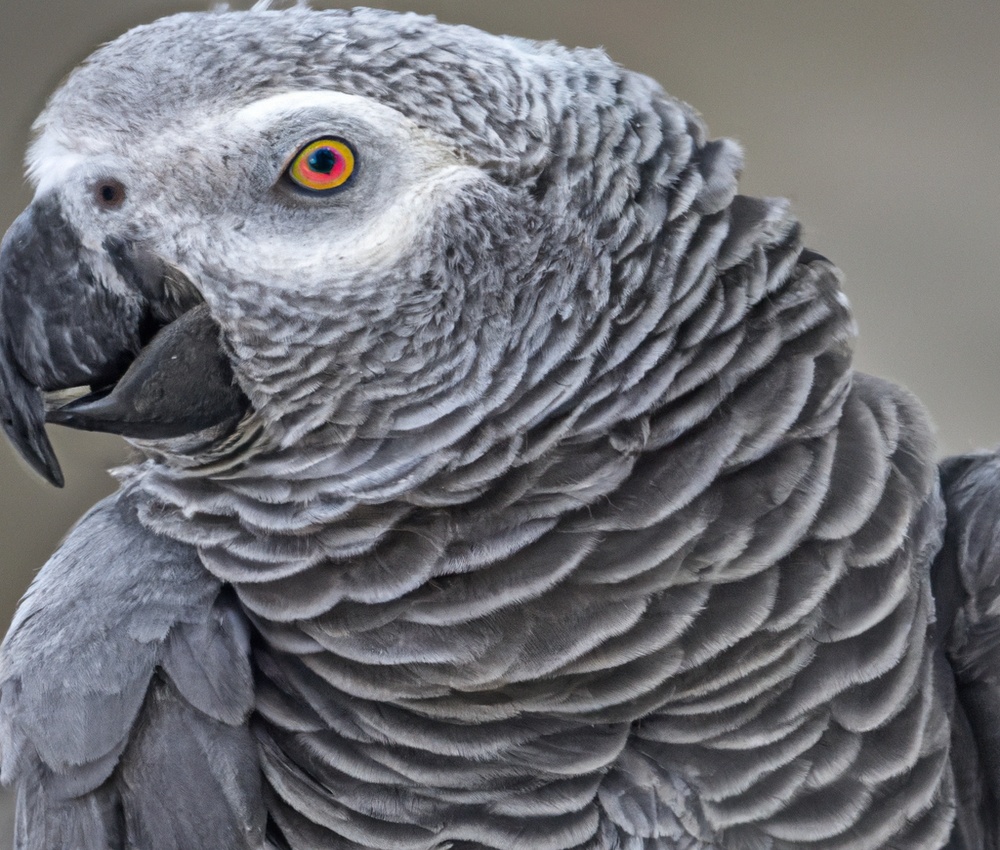
Threats to the Natural Habitat of African Grey Parrots
The natural habitat of African Grey Parrots is at risk from deforestation, illegal trade, poaching, and the effects of climate change.
Deforestation and Habitat Loss
Deforestation and habitat loss pose significant threats to the natural habitat of African Grey Parrots. The clearing of forests for agriculture, logging, and urbanization results in the destruction of the parrots’ homes.
As their habitat diminishes, so does their access to food sources and nesting sites, putting the survival of the species at risk.
It is crucial to address deforestation and habitat loss to protect the African Grey Parrots and their ecosystem.
Illegal Trade and Poaching
Illegal trade and poaching pose significant threats to the African Grey Parrot population.
These activities involve the capture and sale of these birds for the exotic pet trade.
The high demand for African Grey Parrots has led to rampant poaching in their natural habitat.
This not only disrupts their populations but also contributes to the decline of the species as a whole.
The illegal trade of African Grey Parrots is driven by the high prices these birds fetch in the market.
Their intelligence, ability to mimic human speech, and striking appearance make them highly sought after as pets.
As a result, many individuals are taken from the wild, often by using cruel methods that harm both the parrots and their habitats.
Poaching not only affects the African Grey Parrot population, but it also disrupts the delicate ecological balance in their natural habitat.
When adult parrots are removed from an area, it leads to a decline in breeding pairs and a decrease in overall population size.
To combat illegal trade and poaching, various measures have been put in place.
These include international laws and regulations that prohibit the capture and trade of African Grey Parrots, as well as increased enforcement efforts to crack down on smuggling networks.
Protected areas and sanctuaries have also been established to provide safe habitats for these birds.
However, the illegal trade and poaching of African Grey Parrots continues to be a major challenge.
It requires ongoing efforts to raise public awareness about the conservation issues surrounding these birds, as well as education programs to promote responsible pet ownership and the protection of wildlife.
By supporting organizations working to combat illegal trade and poaching, individuals can contribute to the conservation of African Grey Parrots.
Donating to these organizations, spreading awareness through social media, and avoiding purchasing wild-caught birds are all ways that individuals can make a difference in protecting these majestic creatures.
Climate Change and its Effects
Climate change refers to long-term shifts in temperature and weather patterns that are caused by human activities, such as burning fossil fuels and deforestation. These activities release greenhouse gases into the atmosphere, trapping heat and causing the Earth’s temperature to rise.
The effects of climate change on the natural habitat of African Grey Parrots are far-reaching.
One major effect is the alteration of their preferred habitats. Rising temperatures and changing rainfall patterns can lead to the drying out or destruction of forests, which are the primary habitats for African Grey Parrots.
This loss of suitable habitat can result in reduced food availability, limited nesting sites, and increased competition for resources, all of which can negatively impact the survival and reproduction of these birds.
Additionally, climate change can disrupt the delicate balance of ecosystems. Changes in temperature can affect the availability of specific food sources, such as fruiting trees or certain insect populations, that African Grey Parrots rely on.
This disruption can lead to food scarcity and malnutrition, which can weaken the birds, make them more susceptible to diseases, and reduce their overall reproductive success.
Furthermore, climate change can contribute to the spread of pests and diseases. Warmer temperatures can create more favorable conditions for the proliferation of parasites and pathogens that can harm African Grey Parrots.
Increased heat and drought stress can also weaken the birds’ immune systems and make them more vulnerable to infections and diseases.
Conservation Efforts for African Grey Parrots
Conservation efforts for African Grey Parrots include international laws, protected areas, and public awareness programs.
International Laws and Regulations
International Laws and Regulations play a crucial role in protecting African Grey Parrots.
They aim to prevent illegal trade and ensure their conservation.
These laws include the Convention on International Trade in Endangered Species of Wild Fauna and Flora (CITES), which regulates the international trade of African Grey Parrots and prohibits their commercial exportation.
Additionally, national laws in African countries enforce strict penalties for poaching, trafficking, and possessing these birds without appropriate permits.
These regulations help safeguard the future of African Grey Parrots in their natural habitat.
Protected Areas and Sanctuaries
Protected areas and sanctuaries play a crucial role in the conservation of African Grey Parrots.
These designated areas provide a safe haven for the birds and help protect their natural habitat.
They serve as a refuge against deforestation, illegal trade, and other threats.
With proper management and enforcement of regulations, these areas ensure the long-term survival of African Grey Parrots.
Public awareness and education programs also play a vital role in promoting the importance of these protected areas and sanctuaries in preserving the species.
Public Awareness and Education Programs
Public Awareness and Education Programs play a vital role in the conservation of African Grey Parrots.
These programs aim to educate the public about the importance of protecting these birds and their natural habitats.
- Awareness Campaigns: Through posters, brochures, and social media, these campaigns raise awareness about the threats faced by African Grey Parrots and the need for their conservation. They inform people about the illegal trade, habitat destruction, and other challenges these birds face.
- Educational Workshops: These workshops are conducted in schools, communities, and conservation centers to educate students and the general public about the significance of African Grey Parrots. They provide information about their natural habitat, behavior, and the importance of biodiversity conservation.
- Community Engagement: Public participation is encouraged through community programs that involve local communities in monitoring, protecting, and conserving African Grey Parrots and their habitats. By involving local stakeholders, these programs create a sense of ownership and responsibility.
- Ecotourism: Ecotourism initiatives offer an opportunity for visitors to learn about African Grey Parrots while generating funds for conservation efforts. Guided tours, bird-watching trips, and educational programs allow visitors to understand the importance of protecting these birds and their environment.
- Advocacy and Policy: Public awareness programs also aim to advocate for policies that protect African Grey Parrots and their habitats. By lobbying and engaging with policymakers, these programs seek to enforce stronger legislation against illegal trade and habitat destruction.
By raising public awareness and promoting education about African Grey Parrots, we can inspire individuals and communities to actively contribute to their conservation.
Every effort counts in ensuring the survival and well-being of these magnificent birds.
Frequently Asked Questions
Where can African Grey Parrots be found in the wild?
African Grey Parrots can be found in the wild in the dense forests of several African countries. They are primarily found in countries such as Cameroon, Cote d’Ivoire, Democratic Republic of Congo, Ghana, and Uganda.
These countries provide the ideal habitat for these parrots, with their dense canopies, tall trees, and an abundance of food sources.
Can African Grey Parrots adapt to different habitats?
African Grey Parrots are highly specialized birds that have evolved to thrive in specific forest habitats. They have specific requirements for food, nesting sites, and social interactions.
Therefore, they are not well-suited to adapt to different habitats.
Their survival and well-being are best supported when they are in their natural forest homes.
How can individuals contribute to the conservation of African Grey Parrots?
Individuals can contribute to the conservation of African Grey Parrots by supporting organizations that work to protect their natural habitat, raising awareness about their conservation status and the threats they face, reporting illegal trade and poaching activities, and avoiding purchasing or keeping them as pets.
Final Verdict
African Grey Parrots thrive in the dense forests of Africa, where they can find an abundance of food and nesting sites. These parrots are highly adapted to the forest environment, with their ability to fly swiftly through the treetops and mimic the sounds of their surroundings.
However, their natural habitat is under threat due to deforestation, illegal trade, and climate change.
To ensure the survival of African Grey Parrots, strong conservation efforts are necessary, including international laws and regulations, protected areas, and public awareness campaigns. By working together, we can protect these magnificent birds and their fragile habitat for generations to come.

